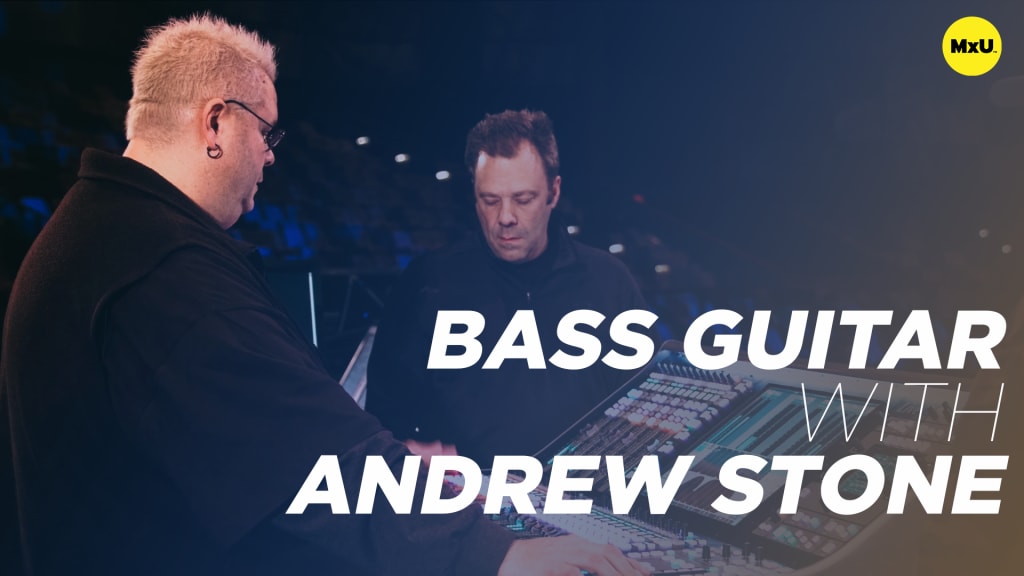Dirty Bass
No actions available
Explore an advanced technique to enhance the bass guitar's presence in a mix. This technique is especially effective in large venues. Creating a ‘dirty bass’ channel adds a distinct edge and clarity to the bass mix. This approach involves using heavy compression and distortion effects. They are traditionally associated with guitar processing. The effects are tailored to enrich the bass without overpowering it.
Key Points:
- The 'dirty bass' technique is used to add clarity and presence to the bass in large venues or complex mixes.
- Double-patching the DI signal to two different channels allows separate processing for the regular and 'dirty' bass sounds.
- Heavy compression is applied to the 'dirty bass' channel. This requires significant output gain to compensate for gain reduction.
- A guitar plugin introduces distortion. Specifically, it's an overdrive or distorted guitar amp setting. This is used instead of a bass-specific effect.
- Lower the bass tone and raise the treble on the plugin. This helps bring presence to the bass without excessive harshness.
- Applying a low-pass filter on the 'dirty bass' channel can help control excessive high frequencies. It typically cuts above 3K.
- Subtly blend the 'dirty bass' channel with the original processed bass. Only use it as a standalone effect for specific parts.
- The level of the 'dirty bass' can be adjusted song by song or even section by section. Use a separate fader for dynamic control.
- This technique is especially effective for up-tempo, aggressive songs. It adds a noticeable impact to the mix.
Courses
Categories
Audio
201
Team Videos
Premium Videos
Nothing added









